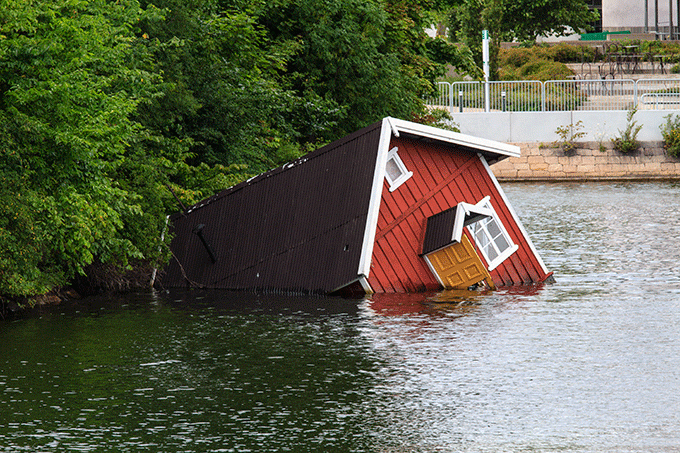Latest Posts
How To Weatherproof Waterpoof Your Shed

As such an important part of a property, it’s vital that your shed is sufficiently protected from the elements. This includes water - the most common culprit of damage - and even bushfires. So let’s look at how you can weatherproof your shed so it stays strong amidst even the most extreme weather conditions.
Build above the ground
From a waterproofing perspective, your shed should ideally be located in an area that’s not prone to flooding, and any case it should be built above the ground. This will ensure that it doesn’t fall victim to dampness and moisture that comes from within the ground. Our timber shed flooring can help to create a raised floor for this particular purpose.
Use a surface treatment
No matter what material your shed is constructed from, you should ensure that it is sufficiently and appropriately treated for water protection. A number of products exist to treat various materials, from timber to metal, and it’s important that this is done correctly to allow water to be repelled rather than absorbed. Another option is to use waterproof paint to cover the surface of your shed, and don’t forget the roof!
Insulate
While you may think that insulation is only necessary for inhabited areas, it’s important that your shed is also well-insulated. This is because insulation actually helps to keep moisture out, which in turn will help to prolong the life of your shed and limit its exposure to water damage. Our range of insulation rolls is well up to the job of ensuring that your shed stays well cared for.
Drainage
Your garage is inevitably going to get wet at some point, particularly during rain. But appropriate guttering and roof corners can assist in channeling water and preventing a pool of moisture from accumulating and eventually damaging the shed and its contents. We have plenty of gutters and corners in stock that can be installed to add a level of protection to your shed.
Water damage is not the only thing that affects sheds in Australia. The threat of bushfire is a very real concern and sheds should be sufficiently weather proofed and protected against these types of natural conditions.
Placement
Where possible, a shed should be a sufficient distance away from the main family home, as the spread of fire from a shed can easily be facilitated through ember transfer. For this reason, locate your shed away from the home, and away from any sources of firewood (don’t store your firewood in the shed).
Contents
From a fire safety perspective, it’s crucial that you don’t store flammable materials and liquids in your shed, as this is usually a disaster waiting to happen. Again, many people make the mistake of storing gas cylinders and other flammable items in their sheds, but this is a critical risk, especially with the threat of bushfires.
Leaf guards and gutters
Installing leaf guards and appropriate guttering is an important way of ensuring that your shed doesn’t become a repository of combustible leaves. Check out our guttering and mesh accessories to see how you can keep your leaves safe from embers.
Seals
Ensuring that your shed has no open seals or joints is important for both waterproofing but also fire safety. Embers can easily make their way through cracks, and once inside a shed, can cause immediate fire. By installing foam seals and other flashing, you can help to keep your shed protected from embers (and also vermin) as much as possible.
Screens
If your shed happens to have windows, installing grilles or screens is also an important precaution in preventing the entrance of embers. We have a range of window frame screens and grills that can help you to fireproof your shed, and just generally keep it safe.
With water and fire damage being such prominent natural risks in Australia, it’s vital that you take the required precautions to keep your shed safe. Both water damage and bushfires can have devastating effects on the structure, surrounding areas, and contents of your shed. So stay safe this summer!
